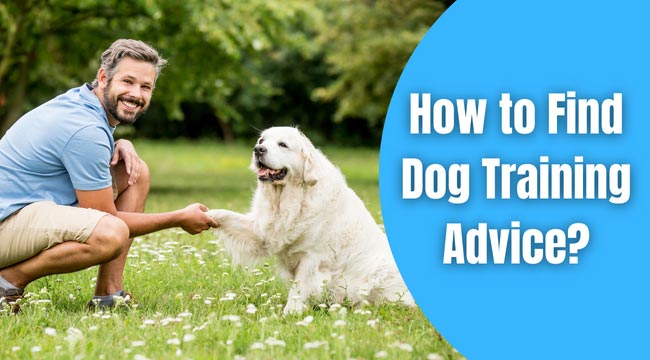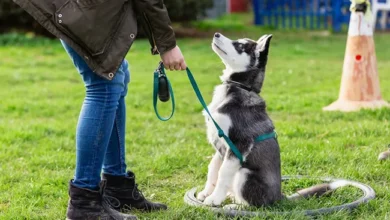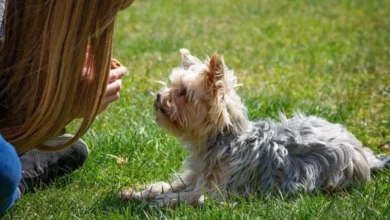
Having a pet dog is a great thing, and as a dog owner, communicating with your dog is as important as feeding him or her good food. The best way to communicate with your pet is through training, but where can you find dog training advice? Read on to know.

Check Out Dog Training Websites
Websites that specialize in educating dog owners about their pets are a treasure trove of information. Sites like https://www.spanieladvisor.com/ provide helpful information when it comes to your dog’s breed, training, grooming, health, and more.
Sites like these are a perfect place to start learning more about how you can communicate and interact better with your dog.
Talk to Breeders and Professionals
Breeders and professionals know everything you need to know about your dog’s behavior and health. If you have a question, they’re the best people to give you an answer.
Breeders know what you can expect from your pet in terms of behavior, aggression, and ability to learn. You can also ask them for advice and strategies to make the training process easier for you and more comfortable for your dog.
Professional trainers can not only provide advice for you; they can also provide training services that can help you control your dog more easily if you have the budget.
Follow Dog Training Best Practices
Apart from visiting websites and talking to other people for dog training advice, you can try the following best practices when trying to train your pet.
Learn About Dog Body Language
Understanding dog body language is a crucial part of communicating with your dog. Your pet can use facial expressions, posture, and other cues to communicate with you.
- Tail wagging: this doesn’t always mean your pet is happy. Rather, it shows emotional arousal for the canine, which may include frustration and excitement. The faster the wag, the more emotionally aroused the dog is.
- Raised Hackles: When the hair along their back is standing up, it means the dog is aroused, though not in a negative way. They could be excited or intensely interested in something.
- Posture: Posture tells a lot about a dog. A hunched, cowering posture indicates fear or stress. If the dog is shifting its weight forward, it is trying to get closer to something. When the dog does the play bow posture, it means the canine wants to initiate play with other dogs or people.
Train with Treats
Train with treats, and not just treats — high-value treats. Your dog will be motivated to train harder if it particularly likes the treats you’re giving. Many dogs love chicken breasts, liver, and cheese, but you should also be ready to use premium treats to make the training more enjoyable for your pet.
Always be Happy with Your Dog
Always be happy when your dog approaches you, even if you didn’t call it. Some dog owners complain that their dogs don’t come to them when called. However, you shouldn’t punish him or her when he or she comes to you, regardless of what your pet did before. Call him or her in a happy, playful tone and offer a great reward when he or she gets to you.
Also, try to keep a positive attitude when you’re around your dog; your pet knows when you’re upset, and he or she may get upset, too.
Additional Dog Training Techniques
You can also use the following techniques during every training session:
- Voice signals: use your voice, and always use a calm but firm tone with clear instructions on what you expect. Then, reward your pet when he or she gets it right.
- Hand cues: after your dog has a good understanding of voice signals, introduce him or her to hand cues. These are good for agility training and distance learning.




